REVIEW – Indiana Jones and the Great Circle picks up the story a year after the events of Raiders of the Lost Ark. Dr. Jones is jolted awake in the middle of the night at Marshall College by the sound of an intruder. Although he confronts the thief, he’s overpowered and knocked unconscious. When he regains consciousness, Indy must piece together the mystery: why was the college broken into, and what was stolen? The trail leads him to the Vatican, and with his thirst for adventure fully ignited, he embarks on another globe-trotting journey to unravel the secrets behind the theft, leaving his past behind in the dust.
The game cleverly weaves itself into the Indiana Jones lore, skillfully blending with the established storylines and character arcs while carving out its own rightful place in the franchise. Marion Ravenwood, the love of Indy’s life, is still a presence, but the introduction of Gina Lombardi, the newest addition to the “Jones girls,” brings fresh energy. Gina is far more than just eye candy—her independence and elegance shine throughout the narrative, establishing her as a fully realized character and a worthy partner who can keep up with the legendary archaeologist.
Adventure Awaits in Every Corner of the World
As with any classic Indiana Jones tale, The Great Circle takes players to some of the most exotic and perilous locations on the planet. Over the course of a roughly ten-hour campaign, you’ll journey from the scorching sands of Egypt to the lush landscapes of Siam and the icy peaks of the Himalayas. While seeking the truth behind the titular “Great Circle,” you’ll often stumble upon something else entirely—whether it’s deadly traps, Nazi operatives, or intricate puzzles that will test your wits. The thrills and spectacle are so engaging that even Nathan Drake would tip his hat in admiration.
A hero’s story is only as compelling as their adversaries, and Indiana Jones has always struck a fine balance between portraying its German villains as both menacing and absurd. Emmerich Voss, the antagonist in The Great Circle, is relentless and cunning, constantly trying to stay one step ahead of Indy. While he may not be a physical threat, his intellectual prowess makes him a formidable rival. He exudes the quiet confidence of someone whose meticulously crafted plans are always one move away from fruition—a vibe reminiscent of Baron Zemo from the Avengers films.
The essence of Indiana Jones and the Great Circle lies in its sense of discovery. The game invites players to delve into its open zones to solve a variety of ancient and modern puzzles. These areas are brimming with secrets to uncover and investigative tasks to complete as Indy works toward his ultimate goal: securing the titular artifacts before they fall into the wrong hands. Most puzzles are intuitive, with solutions often located within the same room or chamber. However, there are moments that demand more effort—deciphering codes or matching keys, which may require a trusty notebook and pen to solve. It’s an analog touch that feels perfectly at home in Indy’s world.
A Handful of Adventure Points
Each zone in Indiana Jones and the Great Circle is designed around a key item that can be acquired from the area’s merchant and remains vital as you progress through the game. For example, in the Vatican, you receive a camera that allows you to capture curiosities and interesting characters, which not only expands Indy’s journal but also earns you “adventure points.” As you move further into the game, you’ll gain access to other essential tools like a lighter, perfect for illuminating the pitch-black depths of tombs, or a breathing apparatus, enabling longer dives in underwater sections.
The game also features collectible books that bring another layer of gameplay. Once discovered, these books provide a range of abilities and buffs. While there’s no traditional skill tree or progression system, the adventure points you earn can be spent to unlock special perks like the Lucky Hat. This ability gives you a second chance when you’re downed, allowing you a brief moment to grab your iconic fedora, dust yourself off, and continue your journey with that unmistakable Harrison Ford smirk. Other upgrades include stronger melee attacks or whip strikes that are so lethal they send Nazis stumbling, providing you with a tactical advantage.
Although the game lacks the challenge-based progression system seen in titles like Wolfenstein, where specific tasks unlock upgrades, the emphasis on culturally significant discoveries serves as a worthy replacement, fitting perfectly within the game’s thematic context.
Beyond the primary adventure, each zone is filled with additional side content. If you’re like me and rush through the main story first, you can return after the credits roll to clean up any unfinished business. These include “Fieldwork” missions, which function as traditional side quests complete with cutscenes and extra layers of narrative, as well as “Mysteries,” smaller, more spontaneous tasks that reward exploration. These challenges feel akin to the irresistible map markers found in other open-world games, ensuring there’s always something to lure you off the beaten path.
Punch Nazis or Sneak Past Them: The Choice is Yours!
The Great Circle starts to stumble a bit when it comes to its combat system, struggling to strike a balance between brawling with Nazis and stealthily avoiding them. For the most part, sneaking is a fully viable option, thanks to the hilariously simplistic enemy AI. The map is littered with random objects—anything from bottles to stone busts—that can either be wielded as weapons or thrown to distract guards. This gameplay mechanic is surprisingly creative and offers plenty of entertaining moments.
If, however, you opt for Indy’s classic “punch-first, ask-later” approach, complete with whip in hand, you won’t be disappointed. It’s just as satisfying as what we’ve seen from the developers’ previous works, like Chronicles of Riddick or The Darkness. That said, one baffling design decision forces you to drop any carried items whenever you open a door or climb a rope, leaving them behind permanently. While it’s true the game world is abundant with usable items, this restriction still feels unnecessarily frustrating.
Close combat, on the other hand, is genuinely enjoyable. Fistfights are a rewarding blend of stamina management, well-timed dodges, and perfectly executed left-right combos that can send enemies sprawling in the Egyptian sands. Although the combat appeared sluggish in the trailers, it feels surprisingly responsive in practice—at least until guns come into play. Considering MachineGames is responsible for the modern Wolfenstein titles, their expertise in gunplay is undeniable. However, the thematic choice to downplay firearms here feels like a missed opportunity.
Even though the gunplay mechanics are well-executed, I can’t recommend grabbing a submachine gun off the ground and spraying bullets at enemies. The sound of gunfire immediately alerts every enemy in roughly a kilometer-wide radius, making the effort rarely worth the trouble. Given the simplicity of the enemy AI and how effective both stealth and melee combat are, it’s almost always better to avoid drawing that kind of attention to yourself.
Solid Performance, Authentic Experience
When it comes to performance, Indiana Jones and the Great Circle absolutely excels on consoles. Throughout my playtime, I didn’t encounter any significant frame rate drops or, refreshingly, the kind of crashes that have plagued so many recent blockbuster releases. The developers’ decision to create the game in first-person immediately proves its worth as you step into its meticulously crafted world, where the environments feel almost tangible. It’s equally satisfying when the camera pulls back to reveal Indy in iconic moments—swinging with his whip, scaling a cliffside, or during cinematic cutscenes that make him feel larger than life.
The visuals are nothing short of stunning, offering a nostalgic trip through time. Harrison Ford’s younger self practically leaps off the screen, all without relying on Disney’s de-aging CGI tricks. The voice acting is equally impressive, with Alessandra Mastronardi and Mario Gavrilis delivering standout performances alongside the incomparable Troy Baker. Baker doesn’t just play Indiana Jones—he embodies the spirit of Harrison Ford channeling Indy, creating a portrayal so authentic it feels like a living tribute.
On PC, the experience gets a bit more complicated. Powered by the id Tech 7 engine, the game delivers breathtaking visuals but demands serious hardware to match. Hardware-based ray tracing support is non-negotiable, meaning you’ll need at least an NVIDIA RTX 20-series or AMD RX 6000-series GPU to even run the game.
Performance-wise, the PC version is generally well-optimized, with many GPUs achieving frame rates above 60 FPS at 1080p or 1440p resolutions. However, aggressive Level of Detail (LOD) settings can lead to noticeable pop-in issues, where lighting, shadows, and objects suddenly materialize as you approach. These problems are especially apparent on larger maps, where VRAM limitations become a bottleneck, particularly for GPUs with just 8 GB of memory. This can result in performance drops during more graphically demanding sequences.
The developers have acknowledged these technical shortcomings and are actively working on fixes. Still, Indiana Jones and the Great Circle on PC offers an undeniably stunning visual experience and an authentic adventure—provided you have the hardware to handle it and the patience to overlook a few technical hiccups.
Troy Baker: Channeling Indy… or Ford?
Listening to Troy Baker’s voice performances, you can almost always catch a hint of that distinctive “Baker essence” bleeding into his characters. Even the most seasoned voice actors struggle to completely shed their own identity, but something truly extraordinary happens here: Baker virtually disappears into this role. And he doesn’t just bring Indiana Jones to life—he evokes Harrison Ford as Indy. His performance is so nuanced, so authentic, that many players will be convinced Ford himself returned to reprise the role. It’s a masterful display of acting, and I can only hope it gets the recognition it deserves during awards season—despite the inevitable “recency bias.”
Indiana Jones and the Great Circle is a magnificent, story-driven adventure that hits the narrative and performance highs we’ve long awaited from an Xbox exclusive. While its combat system will undoubtedly divide critics, the game’s meticulously crafted world and clever puzzles provide a solid foundation that’s bound to deliver fortune and glory for this passion project made by fans, for fans.
-Gergely Herpai „BadSector”-
Pros:
+ Sensational, story-driven Indiana Jones adventure
+ Fun, well-crafted puzzles
+ Brilliant performance by Troy Baker and a fantastic cast
Cons:
– The combat system is a bit clunky
– Strange design decisions in handling portable items
– Weak artificial intelligence, which makes stealth too predictable
Publisher: Bethesda Softworks
Developer: MachineGames
Style: Action-adventure
Release: December 9, 2024
Indiana Jones and the Great Circle
Gameplay - 8.2
Graphics - 9.4
Story - 8.4
Music/Audio - 8.8
Ambience - 9.2
8.8
EXCELLENT
Indiana Jones and the Great Circle is a masterpiece that sets a high bar with its compelling story and stellar performances. While the balance between combat and stealth can be frustrating at times, the game’s rich detail, engaging atmosphere, and intricate puzzles more than make up for it. This title comes tantalizingly close to being one of the greatest adventure games of all time—yet it still stands as an essential experience for every Indiana Jones fan.

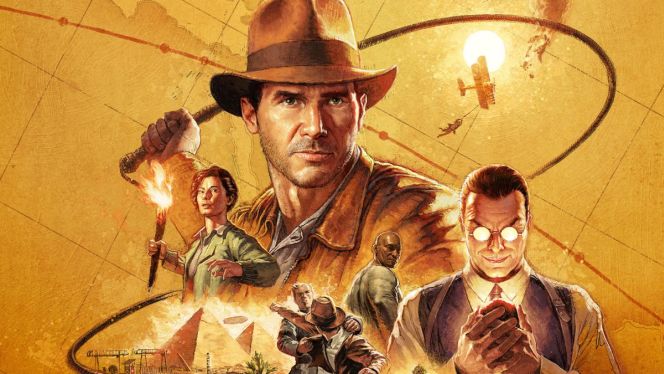
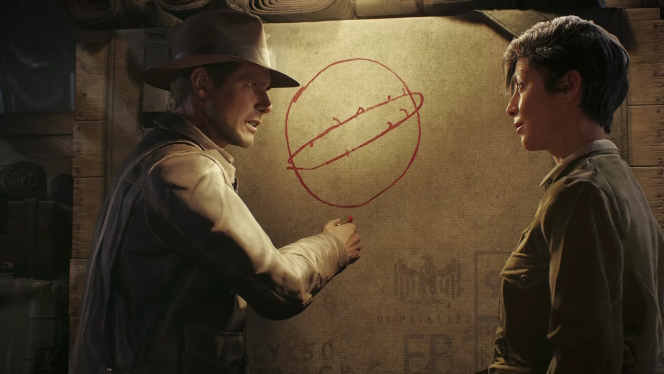
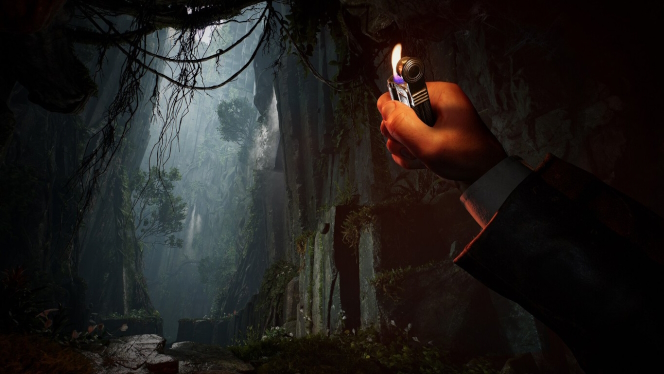
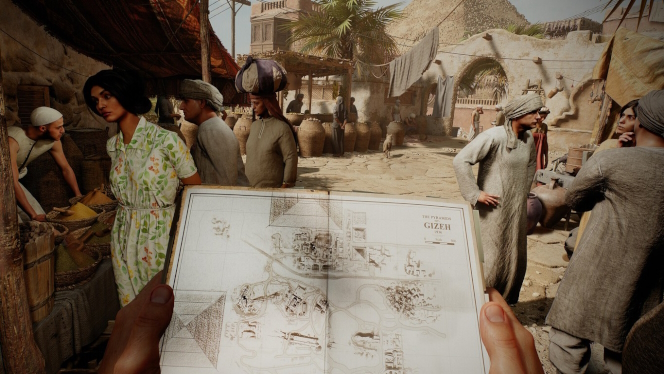
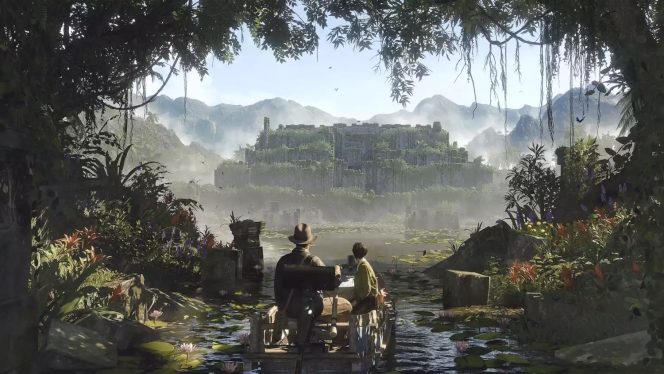
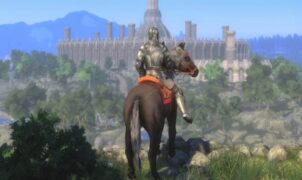








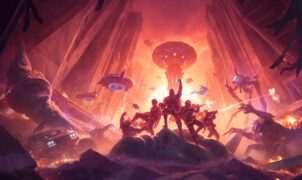
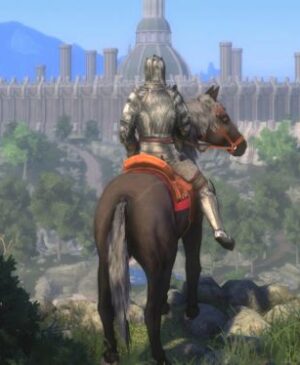
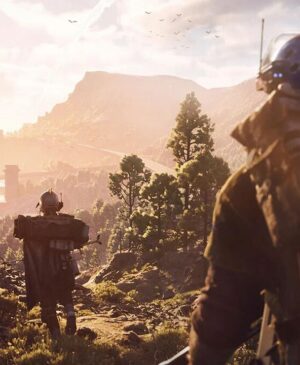


Leave a Reply